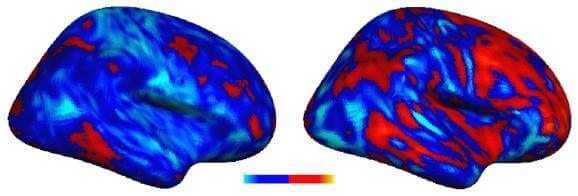Newly discovered genetic variations linked to autism spectrum disorder (ASD) disrupt the function of the dopamine transporter, suggesting that altered dopamine signaling contributes to this common developmental condition, according to a Vanderbilt University-led research team.
Two different inherited genetic variations in two different families of children with ASD “converged” to produce the same changes in nerve function and behavior, the researchers report in EBioMedicine, a new online translational medicine journal published by editors at The Lancet and Cell Press.
This is the first report of two different ASD-associated variations producing the same neural and behavioral changes in a Drosophila (fruit fly) model, said Aurelio Galli, Ph.D., professor of Molecular Physiology and Biophysics and of Psychiatry, and corresponding author with Kevin Erreger, Ph.D., and Heinrich J.G. Matthies, Ph.D.
The Vanderbilt researchers currently are developing a mouse model to confirm these findings, and they are working with biopharmaceutical firms to develop more effective treatments for ASD that specifically target the dopamine transporter, he said.
“We’re looking at a network of molecules that disrupt dopamine neurotransmission in different ways but … they converge sometimes with the same mechanism,” Galli said. “We’ve never seen anything like that before.”
Dopamine is a neurotransmitter involved in reward behaviors, including appetite, addiction and social interaction.
Normally the dopamine transporter “sweeps up” excess dopamine from the synapse or gap between nerve cells. Amphetamine paradoxically reduces hyperactive behaviors in children with ASD by causing the transporter to work in “reverse,” and thus increase the supply of dopamine in the synapse.
Working with James Sutcliffe, Ph.D., associate professor of Molecular Physiology and Biophysics and of Psychiatry, the researchers identified inherited variations in the dopamine transporter gene and in the gene for syntaxin 1 (STX1), a protein that regulates the transporter, in two families of children with ASD.
Mimicking the molecular properties of either of the two mutations in the Drosophila fly model disrupted amphetamine-induced locomotion, demonstrating a reduced behavioral response to the drug amphetamine, said Galli, whose team in 2013 reported the first model of a spontaneously arising mutation in the dopamine transporter associated with neuropsychiatric disorders.
Locomotion is a good model for reward behaviors, he said, because “you have to move to get food; you have to move to do anything you like.”
“We are starting to look at the function of the dopamine transporter in a completely different way,” Galli said. “We understand molecularly what is happening to the dopaminergic system and how now to target it.”


